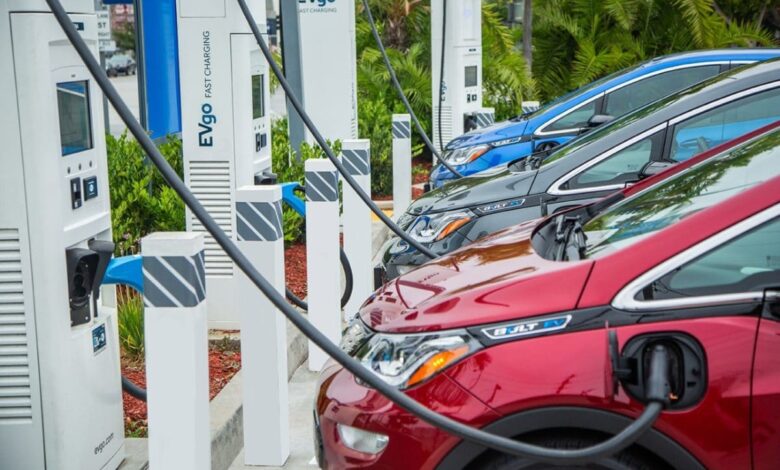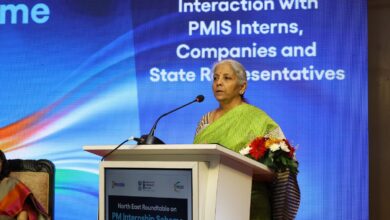Gold Rush Era Of EV In India
Start-ups now have the backing of private investors and venture capital firms

Manufacturing of electric vehicles (EVs) in India has been so far by recent upstart manufacturers mainly due to prolonged reluctance to engage from established original equipment manufacturers (OEMs) . Even though they had decades of engineering experience behind them. This reluctance has opened a window of opportunity for new entrepreneurs in the two-wheeler automotive space.
The start-ups now have the backing of private investors and venture capital firms willing to risk big on untested technology and new products.
Yet manufacturers behind the scenes in the two-wheeler segment, the four-wheeler segment is showing signs of heating up . Despite the low share of EV sales as compared to conventional vehicles, doubts around the technology are rapidly evaporating.
After successfully shaking up the two-wheeler market and catching established brands by surprise, new entrants in the automobile space are keen to pull off a repeat in four-wheelers.
India’s transport minister Nitin Gadkari in an interaction with the media said “I had the founder of India’s largest two-wheeler company admitting that they didn’t take my prophecy seriously three years ago and made the mistake to assume that EVs won’t work in India, due to multiple challenges,”.
Many states have also established clear targets for the procurement of EVs for government-owned vehicle fleets, either as cars for government officials or buses for public transport. Some states are offering OEMs reimbursement on state goods and services tax (GST), exemptions from road tax and registration charges, and capital interest subsidies ranging from 15% (Tamil Nadu) to 50% (Punjab) for setting up EV manufacturing units locally while Andhra Pradesh and Uttar Pradesh are pushing for the development of industrial parks that operate exclusively within electric mobility, manufacturing cars, battery management systems, etc. These incentives are another reason for the boom in EV manufacturing.
There were so many operators selling e-rickshaws in India. On the one hand, the bulk of EVs on India’s roads today are e-rickshaws and they’ve driven the acceptance for electric mobility. But on the other hand, many of these brands are not reliable.
A report by global consultancy firm Arthur D Little found that India has 592 start-ups in the EV industry, as of March 2022, spread across battery manufacturing, charging infrastructure, and battery recycling.
Now the big guns, like Ola Electric, Okinawa Autotech, Ather Energy and Tork Motors, are going to manufacture and hope to displace Bajaj Auto, TVS Motor, Tata Motors, Maruti Suzuki, and Hyundai in a future where everything will be electric.
The $5 billion privately held Ola Electric—seemingly unaffected by a delayed launch of its first electric scooter and dogged by reports of these scooters spontaneously catching fire—announced that its first electric car would hit Indian roads in 2024.
A week later, Ahmedabad-based Gensol Engineering announce that it would manufacture electric vehicles at Chakan, just outside Pune. Following the announcement of the EV manufacturing, the company shares went up. Currently, Gensol Engineering shares are about 800% higher than a year ago.
This explains why companies like Okinawa, Ola Electric, Pure EV and Ather Energy can continue to announce new launches despite their electric scooters being in the news through 2022 for catching fire. In fact, the Ministry of Road Transport and Highways has said that the first three companies had to recall up to 6,700 defective scooters from the market last year.
Last year, the Indian government put a halt on FAME pay-outs to two-wheeler EV manufacturers, alleging that several manufacturers were misappropriating the subsidies for products that did not meet requisite conditions. But now Motorists in the market for a new ride receive government-supported discounts at the showroom. In July, the GST on EVs was cut to 5%, the lowest indirect tax slab. The lowest GST rate for an ICE (internal combustion engine) vehicle starts at 28% and can go up to 50% for the luxury segment.
All these schemes and subsidies have started an era of gold rush for EV in India.
The writer of this article is Dr. Seema Javed, a known Environmentalist, Journalist and Communications Expert




